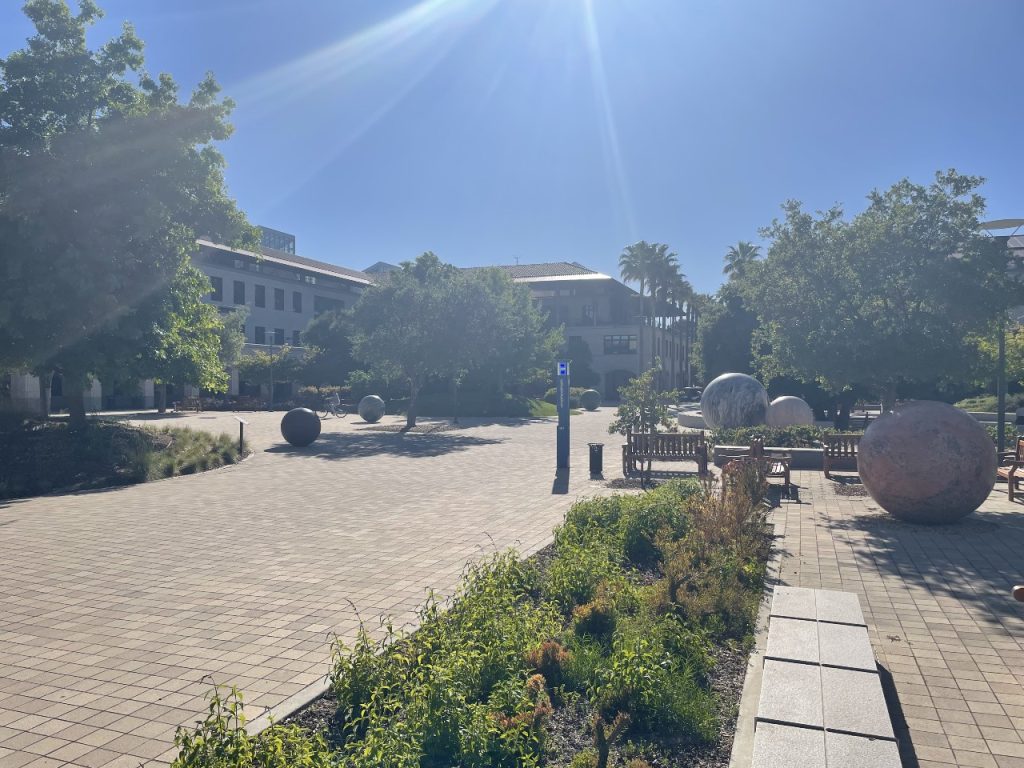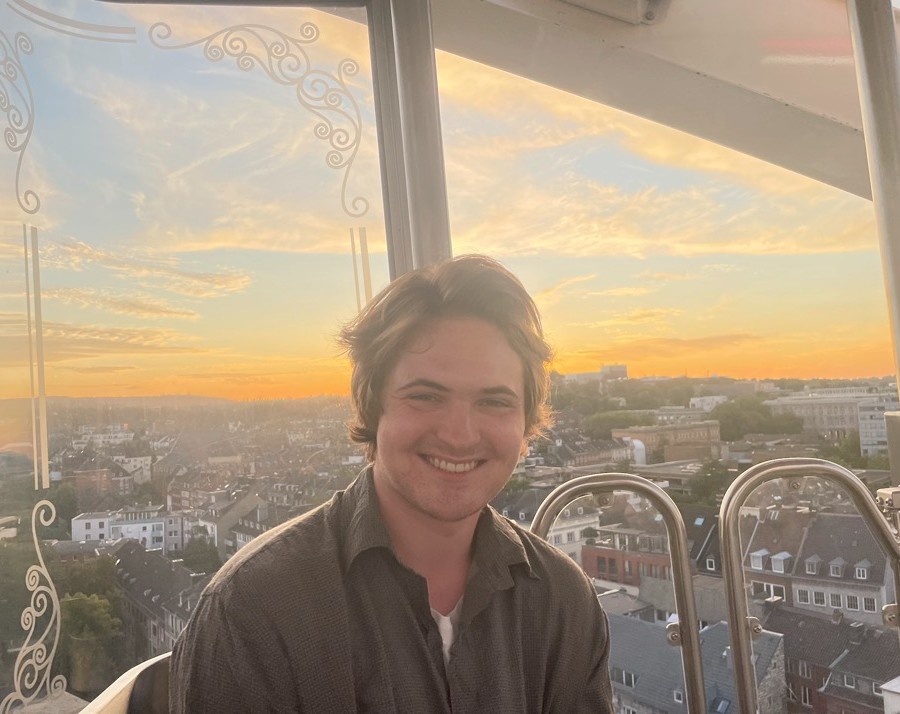
Any given afternoon at Stanford’s Science and Engineering Quad, college students can be observed walking with purpose to whatever meetings, lectures, and labs are scheduled for that day. Not so this Saturday. Families amble from table to table, young children swarm the interactive exhibits, taking advantage of the hands-on learning opportunities scattered around the Quad. But these families are drawn to more than the allure of a marshmallow roasted with solar energy or a frothing cauldron of liquid nitrogen.
It was the Kavli Institute for Particle Astrophysics and Cosmology (KIPAC) and Friends Community Science Fair. In an age where science and academia are sometimes viewed with suspicion and mistrust, it is more necessary than ever to build bridges between scientists and research institutions and the communities surrounding them. This past Saturday, hundreds of families gathered for the KIPAC community day, a four-hour science festival geared specifically towards children. The event boasted over 25 activities and experiments for the young scientists to take part in, as well as 10 lectures “suitable for middle-school students and above,” according to the KIPAC website, intended to spark an interest in science and inspire the scientific visionaries of tomorrow.
One lecture, given by Lukas Michalek, a chemical engineering postdoctoral scholar at Stanford, describes the process of mixing polymers and conductors to create stretchable electronics that could revolutionize the way we measure biometric data such as hormones and blood glucose levels within the body. Michalek simplified his research such that the kids in the audience, and hopefully the parents, could grasp the high-level concepts at play. The weekend
work is no distraction, says Michalek, “being able to break down your research to the fundamentals is incredibly important.” This lecture was not merely a favor to the community, but an opportunity to practice outreach and communication, something that actively focuses and improves his work
Despite the engaging science being discussed by Michalek, some younger children, struck by the novelty of a college lecture hall, simply couldn’t resist playing with the adjustable tables or the toys that they got from the activities outside. As difficult as it might be to wrangle small children, parents did their best to give them every opportunity to get excited about physics. Aaron Y., an engineer and father of two children under seven, said, “when the kids play they learn and stimulate some interest for science and engineering… hopefully.”
Whether these children walk away from the KIPAC fair with dreams to one day study physics themselves, or if they don’t retain a single piece of physics knowledge, the event serves an important purpose of making science and scientists more familiar to young people. “When you zoom out really large, having a society that trusts and acknowledges scientific research is incredibly important,” says Michalek. “Having an event like this gets people to trust scientists more, giving them opportunities to talk to a researcher.” Many problems facing the modern world require solutions that cannot come without a level of cooperation and communication between scientists and the rest of society. Lorraine I., a volunteer for the event, hopes that it will let the attendees know, “that science is for everybody.”
For most of the kids, meanwhile, the concepts, details, and information of astrophysics may well be over their heads. But they appear happy and at home—which suggests that beneath all the bells, whistles, and free T-shirts, the KIPAC community day has been one more successful experiment on Stanford’s Science and Engineering Quad.

